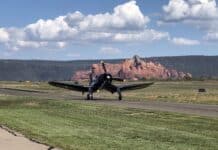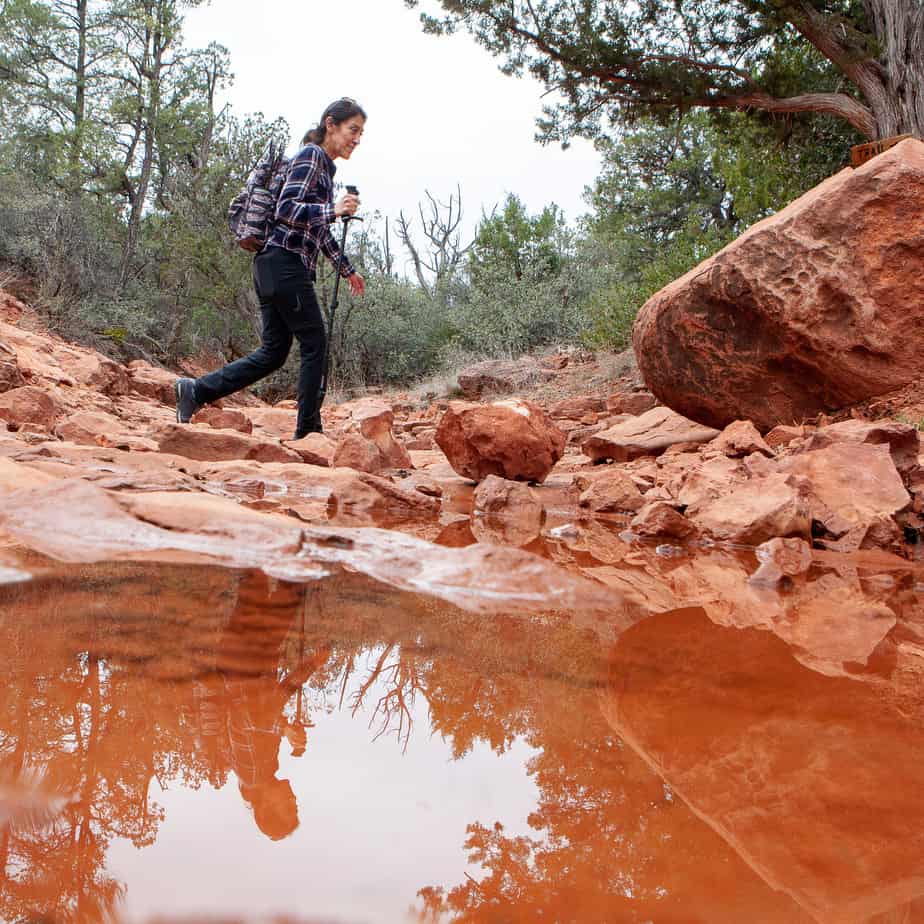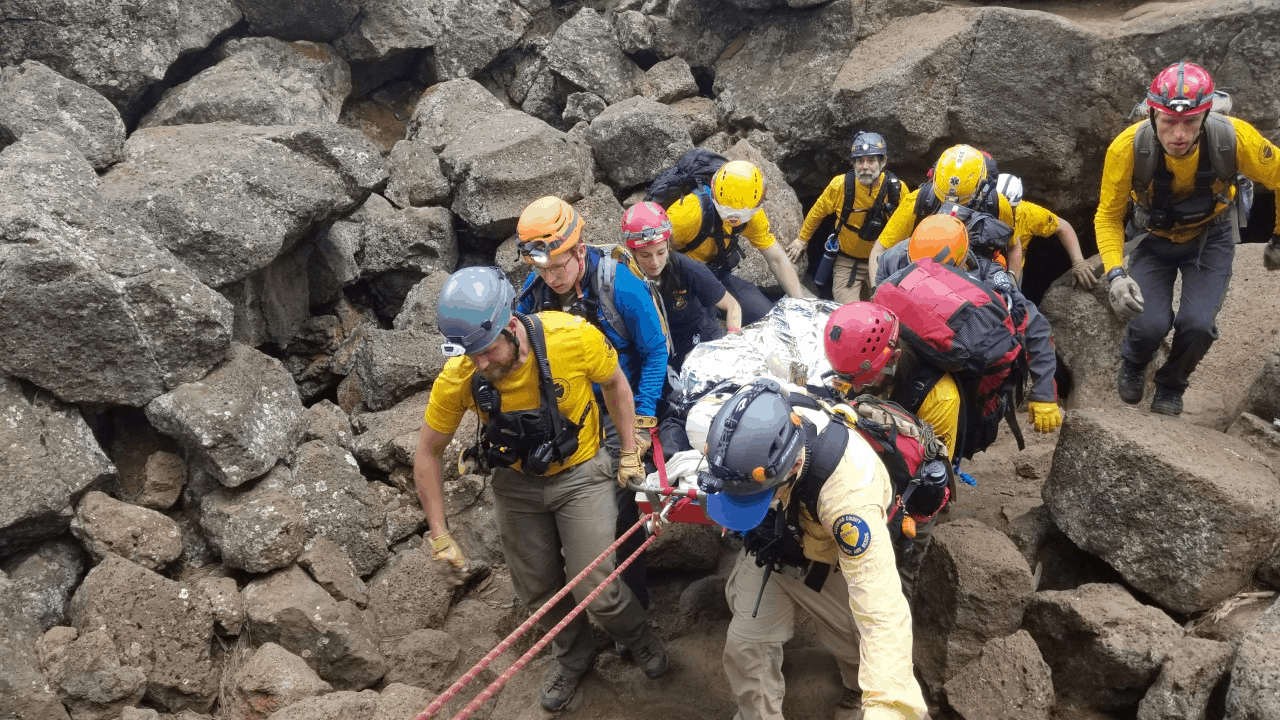Arizona’s nearly perfect year-round weather is great for many outdoor activities, including hiking, biking and skiing. But safety is a key concern at any time of year.
The U.S. Forest Service offers several tips to experienced outdoor enthusiasts as well as those that are new to heading out on the trails.
Before starting out, do warm-up exercises. Stretching gradually increases heart rate, temperature and circulation to your muscles. Also, after a night’s rest, your muscles need warming. Stretching gets the body going and increases your flexibility. Start out slowly, gradually increasing your pace and distance traveled. Let the slowest person in your hiking, paddling and biking or cross-country skiing party set the pace. This is especially important when children are a apart of your group. Plan the trip ahead of time and assign tasks that people enjoy. If someone doesn’t cook, don’t force him or her to do so.
The goal is to have a good time. Take turns leading the group and sharing decision-making responsibilities. Hike, bike or ski only on marked trails in wilderness areas unless bushwhacking is allowed and you have excellent navigation skills. Hike and travel in groups as much as possible, especially during winter and in hazardous terrain.
Leave your itinerary with a friend or family member and check in with them upon your return.
Learn basic repair skills for changing a bike tire, fixing a backpack or mending a snowshoe. Remember to take repair kits on your trail.
Mountain weather is generally cooler, cloudier and windier than in lowland areas. For every 1,000 feet of elevation, the temperature often drops three to five degrees. Thus, it’s best to dress in layers. Polyester clothing worn closest to your skin will trap warm air next to the skin and transfer or wick body moisture away. Wear sunglasses and a hat or visor when you hike, ski or paddle. Snow blindness, caused by the sun’s glare on snow, can also be caused by sunlight reflecting off water and boulders. Keep your eyes and face covered especially during your first few days outdoors.
Bring sunscreen no matter the season. You can get painful sunburn even in subfreezing temperatures. Bring a customized first aid kit tailored to your outing.
Develop an emergency plan before you start your trip. Make sure everyone knows what to do if they become lost or a medical emergency arises. Give children whistles with the instructions to “stop and blow” if they become lost.
Take frequent rests or vary your pace to recover from strenuous activity bursts. A steady pace will get you there with less discomfort than the sprint-and-catch-your-breath approach.
Drink plenty of water. Water is heavy to carry, but thirst on the trail is a hazard. Take a tip from athletes: before a hike, drink some water so you’re well hydrated and energized. Never drink your total supply between refills.
Backcountry water supplies are unpredictable. It’s better to arrive at a gushing stream with 1/3 quart of water left, than to arrive at an empty stream and have no water left at all. Treat or filter all water. Pack carbohydrate-energy bars, granola, candy or fruit. They provide an instant pick-me-up on the trail. Give yourself about two hours of daylight to set up camp. Many national parks, forests and state parks prohibit dogs. Be sure to keep pets on leashes in restricted areas, especially in cattle and sheep country. Bring water for pets and make sure they have name tags. Watch for injuries to your dog’s footpads in rocky areas, on ice or in extremely hot terrain.
Pay attention to local regulations, particularly concerning campfires. In many desert or drought areas, fires are prohibited and you






















